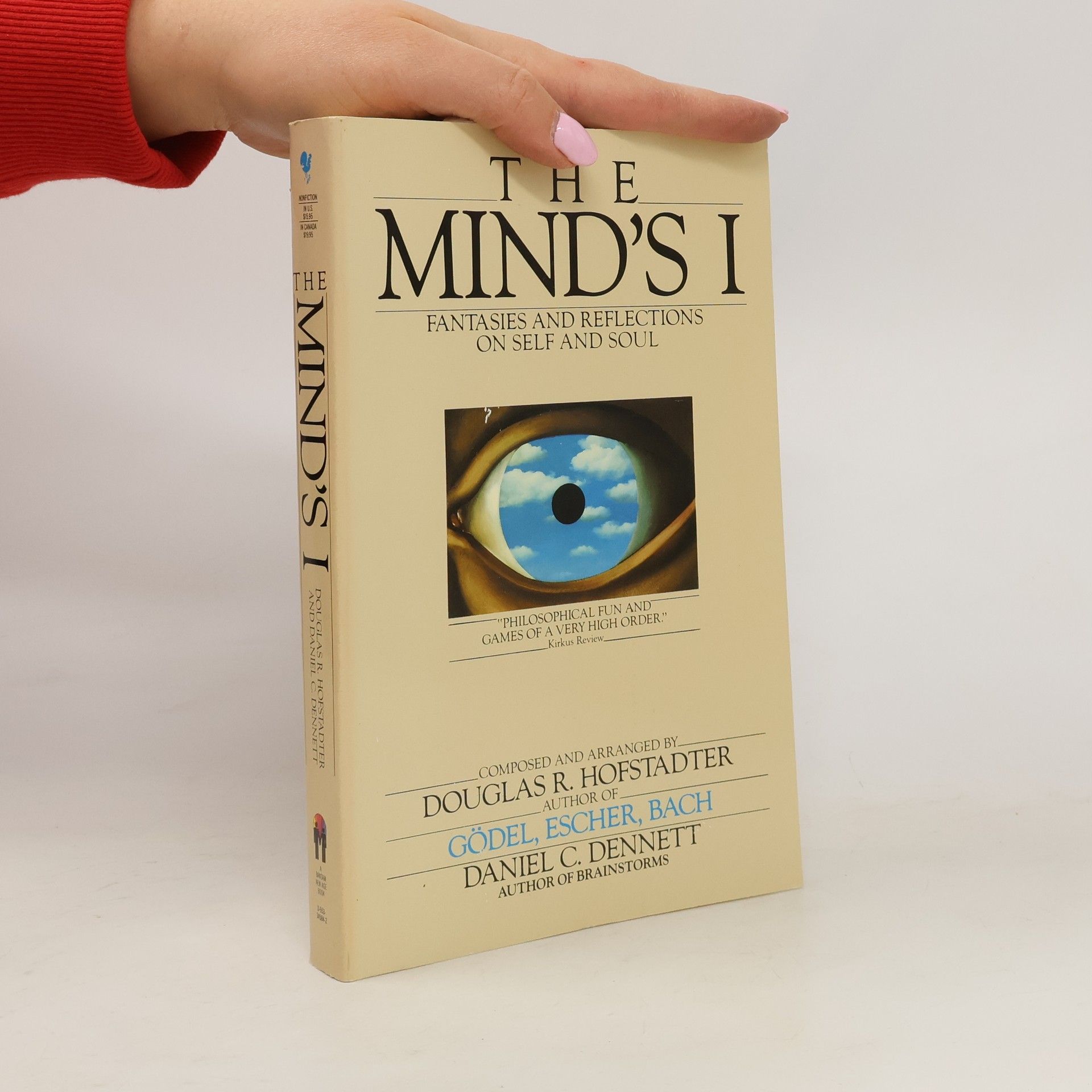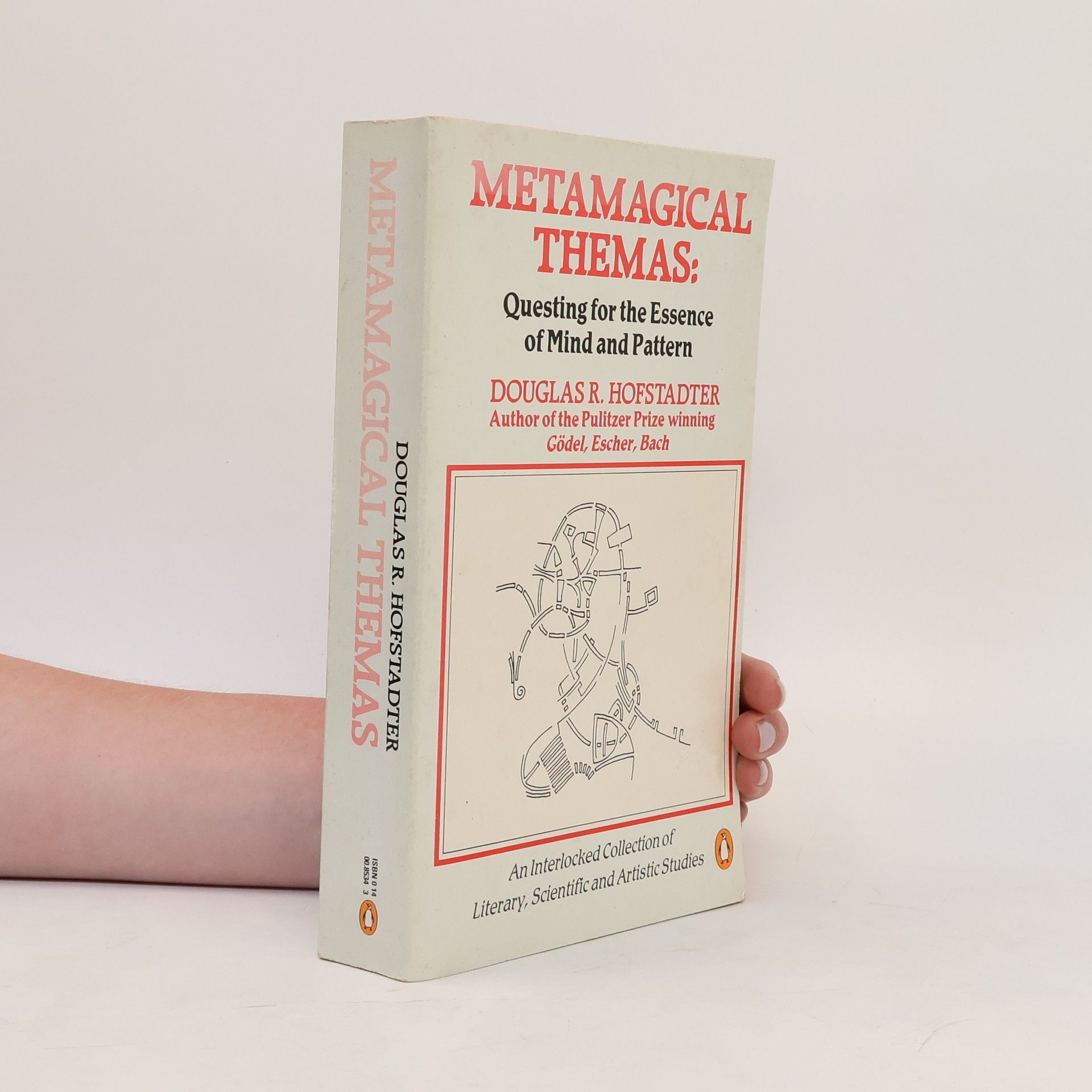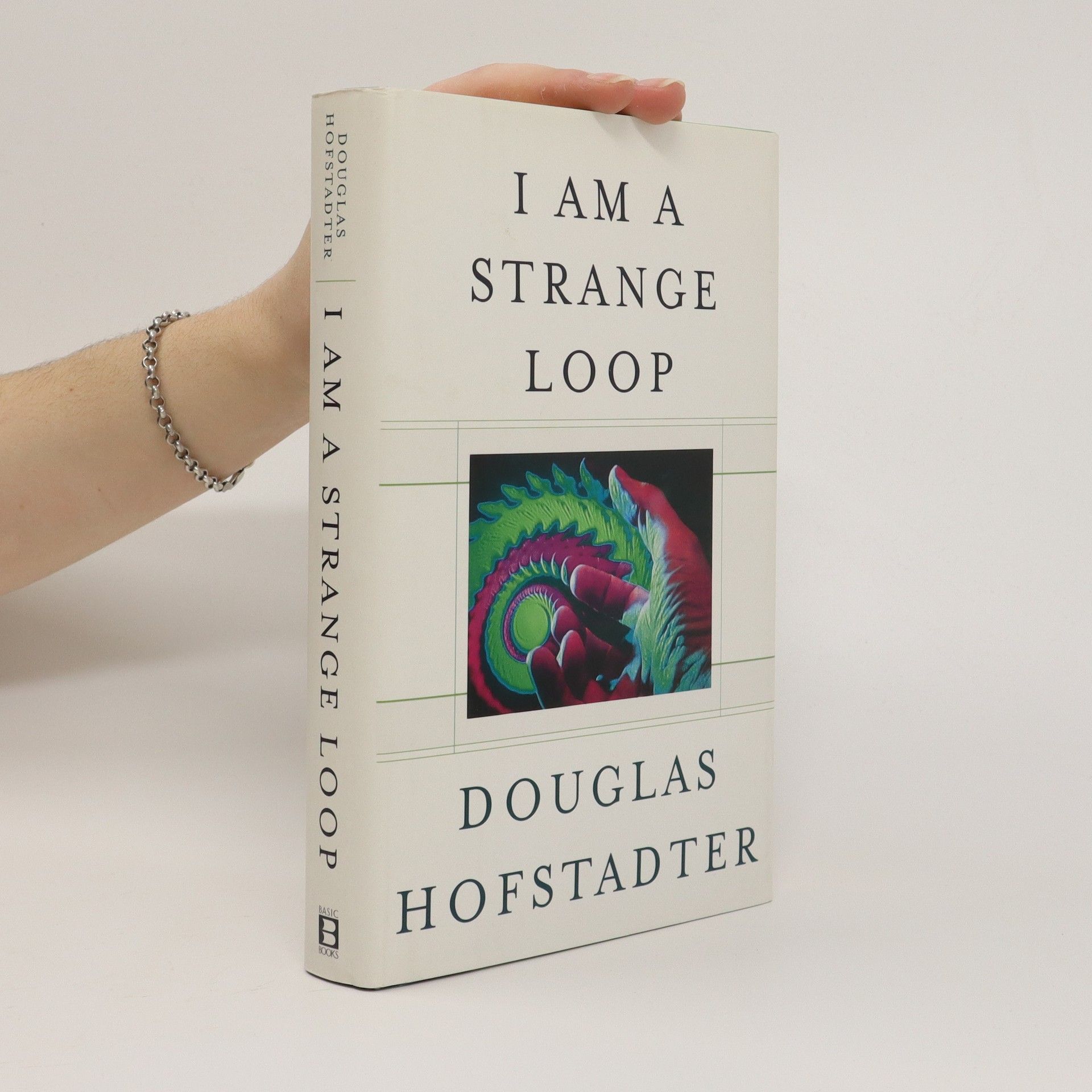'What is a self and how can a self come out of inanimate matter?' This is the riddle that drove Douglas Hofstadter to write this extraordinary book. In order to impart his original and personal view on the core mystery of human existence - our intangible sensation of 'I'-ness - Hofstadter defines the playful yet seemingly paradoxical notion of 'strange loop', and explicates this idea using analogies from many disciplines.
Douglas Hofstadter Knihy
Douglas Hofstadter je oceňovaný mysliteľ, ktorého dielo sa ponára do hlbín vedomia, myslenia a kreativity. Pomocou rekurzie a analógií skúma prepletenú povahu matematiky, umenia a mysle. Jeho literárny štýl je známy svojou hravosťou a hlbokým skúmaním zložitých konceptov. Hofstadterove spisy vyzývajú čitateľov, aby prehodnotili povahu inteligencie a prepojenosť ľudskej skúsenosti.







Godel's Proof
- 104 stránok
- 4 hodiny čítania
'Nagel and Newman accomplish the wondrous task of clarifying the argumentative outline of Kurt Godel's celebrated logic bomb.' – The Guardian In 1931 the mathematical logician Kurt Godel published a revolutionary paper that challenged certain basic assumptions underpinning mathematics and logic. A colleague of physicist Albert Einstein, his theorem proved that mathematics was partly based on propositions not provable within the mathematical system. The importance of Godel's Proof rests upon its radical implications and has echoed throughout many fields, from maths to science to philosophy, computer design, artificial intelligence, even religion and psychology. While others such as Douglas Hofstadter and Roger Penrose have published bestsellers based on Godel's theorem, this is the first book to present a readable explanation to both scholars and non-specialists alike. A gripping combination of science and accessibility, Godel's Proof by Nagel and Newman is for both mathematicians and the idly curious, offering those with a taste for logic and philosophy the chance to satisfy their intellectual curiosity. Kurt Godel (1906 – 1978) Born in Brunn, he was a colleague of physicist Albert Einstein and professor at the Institute for Advanced Study in Princeton, N.J.
Alan Turing. The Enigma - The Centenary Edition
- 586 stránok
- 21 hodin čítania
"It is only a slight exaggeration to say that the British mathematician Alan Turing (1912-1954) saved the Allies from the Nazis, invented the computer and artificial intelligence, and anticipated gay liberation by decades--all before his suicide at age forty-one. This New York Times?bestselling biography of the founder of computer science, with a new preface by the author that addresses Turing?s royal pardon in 2013, is the definitive account of an extraordinary mind and life."--Amazon.com.
Metamagical themas : questing for the essence of mind and pattern
- 880 stránok
- 31 hodin čítania
Includes articles, many of which originally appeared in Scientific American, on memes, innumeracy, William Safire, Frederic Chopin, Rubik's Cube, strange attractors, Lisp, Heisenburg's uncertainty principle, quantum mechanics, Alan Turing, sphexishness, Prisoner's dilemma, and other topics.
The mind's I : fantasies and reflections on self and soul
- 512 stránok
- 18 hodin čítania
Brilliant, shattering, mind-jolting,The Mind's Iis a searching, probing nook--a cosmic journey of the mind--that goes deeply into the problem of self and self-consciousness as anything written in our time. From verbalizing chimpanzees to scientific speculations involving machines with souls, from the mesmerizing, maze-like fiction of Borges to the tantalizing, dreamlike fiction of Lem and Princess Ineffable, her circuits glowing read and gold,The Mind's I opens the mind to the Black Box of fantasy, to the windfalls of reflection, to new dimensions of exciting possibilities.
Fluid Concepts and Creative Analogies
- 532 stránok
- 19 hodin čítania
Readers of earlier works by Douglas Hofstadter will find this book a natural extension of his style and his ideas about creativity and analogy; in addition, psychologists, philosophers, and artificial-intelligence researchers will find in this elaborate web of ingenious ideas a deep and challenging new view of mind.
I am a Strange Loop
- 412 stránok
- 15 hodin čítania
What do we mean when we say “I”? Can thought arise out of matter? Can a self, a soul, a consciousness, an “I” arise out of mere matter? If it cannot, then how can you or I be here? I Am a Strange Loop argues that the key to understanding selves and consciousness is the “strange loop”—a special kind of abstract feedback loop inhabiting our brains. Deep down, a human brain is a chaotic seething soup of particles, on a higher level it is a jungle of neurons, and on a yet higher level it is a network of abstractions that we call “symbols.” The most central and complex symbol in your brain or mine is the one we both call “I.” The “I” is the nexus in our brain where the levels feed back into each other and flip causality upside down, with symbols seeming to have free will and to have gained the paradoxical ability to push particles around, rather than the reverse. For each human being, this “I” seems to be the realest thing in the world. But how can such a mysterious abstraction be real—or is our “I” merely a convenient fiction? Does an “I” exert genuine power over the particles in our brain, or is it helplessly pushed around by the all-powerful laws of physics? These are the mysteries tackled in I Am a Strange Loop, Douglas R. Hofstadter’s first book-length journey into philosophy since Gödel, Escher, Bach. Compulsively readable and endlessly thought-provoking, this is the book Hofstadter’s many readers have long been waiting for.
Surfaces and Essences
- 578 stránok
- 21 hodin čítania
Shows how analogy-making pervades human thought at all levels, influencing the choice of words and phrases in speech, providing guidance in unfamiliar situations, and giving rise to great acts of imagination.
A gripping story of mathematics, computers, cryptography, and homosexual persecution. Hodges tells how Turing's revolutionary idea of 1936-- the concept of a universal machine-- laid the foundation for the modern computer. Turing brought the idea to practical realization in 1945 with his electronic design. This work was directly related to Turing's leading role in breaking the German Enigma ciphers during World War II, a scientific triumph that was critical to Allied victory in the Atlantic. Despite his wartime service, Turing was eventually arrested, stripped of his security clearance, and forced to undergo a humiliating treatment program-- all for trying to live honestly in a society that defined homosexuality as a crime


